贵金属g-C3N4复合材料光催化性能研究毕业论文
2020-04-21 17:03:39
摘 要
太阳能催化海水析氢是目前解决能源危机的理想方式之一,因为太阳能取之不尽,海水又是地球上最丰富的资源。二氧化钛(TiO2)是最常见的光催化材料之一,然而由于其禁带宽度较大,原始的TiO2对太阳光谱中可见光部分几乎不吸收,只能通过紫外线进行照射激发,而紫外线区域在太阳能光谱中仅仅占据约4%。因此本实验首先通过水热法将TiO2纳米棒阵列生长到FTO玻璃上,然后利用不同质量比的类石墨相氮化碳(g-C3N4)修饰二氧化钛纳米棒阵列,此方法可以通过调节尿素浓度来调节g-C3N4的量,最后通过简单的浸渍法将Au25团簇沉积到TiO2 @g-C3N4上。通过光电化学测试,我们可以得出,在相同强度的太阳光照下,负载了g-C3N4的FTO玻璃光电流密度有了很大的提升,而负载Au25团簇和g-C3N4的FTO玻璃又有进一步提升。因此我们可以得出结论:通过负载Au25团簇和g-C3N4可以提升TiO2的光电化学性能。
关键词:二氧化钛 光电催化 Au25团簇 类石墨相氮化碳
Preparation and Photoelectric Properties of Precious Metal/g-C3N4/TiO2 Nanorod Arrays
Abstract
Solar energy catalyzed seawater hydrogen evolution is one of the ideal ways to solve the energy crisis. Because solar energy is inexhaustible, seawater is the most abundant resource on earth. Titanium dioxide (TiO2) is one of the most common photocatalytic materials. However, due to its large band gap, the original TiO2 absorbs almost no visible light in the solar spectrum. It can only be excited by ultraviolet light, while the ultraviolet region is in the solar spectrum. It only takes about 4%. Therefore, in this experiment, the TiO2 nanorod array was first grown on the FTO glass by hydrothermal method, and then the titanium dioxide nanorod array was modified by graphite-like phase carbonitride (g-C3N4) with different mass ratios. This method can adjust the urea concentration. The amount of g-C3N4 was adjusted, and finally the Au25 cluster was deposited onto TiO2 @g-C3N4 by a simple impregnation method. Through photoelectrochemical testing, we can conclude that under the same intensity of sunlight, the photocurrent density of FTO glass loaded with g-C3N4 has been greatly improved, while the FTO glass loaded with Au25 cluster and g-C3N4 has Further improvement. Therefore, we can conclude that the photoelectrochemical performance of TiO2 can be improved by loading Au25 clusters and g-C3N4.
Key words: titanium dioxide, photoelectrocatalysis, cluster-like graphite phase carbon nitride, nanowire
目 录
摘要 I
Abstract II
第一章 绪论 3
1.1 课题背景及研究意义 3
1.2 二氧化钛简介 4
1.2.1 TiO2光催化原理 4
1.2.2 二氧化钛的结构和性能 7
1.2.3 TiO2改性的方法 7
1.2.4 TiO2纳米棒的制备方法 7
1.3 g-C3N4简介 8
1.4 Au25纳米团簇简介 8
第二章 实验原理、材料和测试方法 10
2.1 实验原理 10
2.2 实验药品和仪器 10
2.3 表征仪器 11
2.4 样品的制备 11
2.4.1 TiO2纳米棒的制备 11
2.4.2 g-C3N4的制备及负载 12
2.4.3 Au25(Cys)18纳米团簇的制备及沉积 12
2.5 光电化学及光催化性能测试 12
2.5.1 光电化学性能测试 12
2.5.2 光催化性能测试 13
2.6 样品的表征方法 13
2.6.1 扫描电镜分析(SEM) 13
2.6.2 X射线衍射分析(XRD) 13
2.6.3 紫外-可见分光度计(UV-vis) 13
第三章 实验结果与分析 14
3.1 样品组成结构表征 14
3.2 光学吸收特性 15
3.3 光电化学性能 16
3.4 光催化下性能 18
第四章 实验结论与展望 19
4.1 实验结论 19
4.2 实验展望 19
参考文献 20
致 谢 22
绪论
课题背景及研究意义
寻找新的清洁能源和可再生能源来代替传统能源成为了目前研究的热点[1]。众所周知,太阳能是最清洁的能源,而且取之不尽、用之不竭,同时海水又是地球上最丰富的资源,将太阳能转化为化学能来满足日益增长的能源消耗需求受到巨大的关注,如光催化,光伏和光电催化。特别是光电化学催化水分解制氢气。因此利用太阳能促进海水分解产生氢气是解决目前能源危机非常理想的方式之一[2]。
目前,对半导体光电极(如Cu2O,Fe2O3,ZnO,BiVO4和TiO2等)进行了广泛的探索,因为它们被证明是将太阳能转化为光化学(PEC)电池燃料的潜在设备[3]。在半导体材料中,TiO2最为常用。但是由于其禁带宽度过大(约为3.0 eV),原始的二氧化钛对可见光并没有吸收,只能被太阳光谱中仅4%的紫外光进行激发。因此人们正努力将其吸收范围扩大到可见区域,例如元素掺杂,染料敏化,贵金属装饰,或与其他半导体复合以形成异质结等[4]。
近年来,无金属聚合物半导体类石墨相氮化碳(g-C3N4)因其固有的化学性质和热稳定性而受到越来越多的关注。g-C3N4的禁带宽度为2.7eV,将 g-C3N4负载在带有TiO2的FTO玻璃上,这使得TiO2在可见光内的吸收范围变宽。与过渡金属氧化物和硫化物半导体光催化剂不同,g-C3N4由于结构中碳原子和氮原子之间具有很强的共价键,所以它在酸性或碱性电解质中表现出非常稳定的性能。然而纯g-C3N4的量子效率低、电子空穴复合速率高,在很大程度上限制了其应用[5]。
相关图片展示:
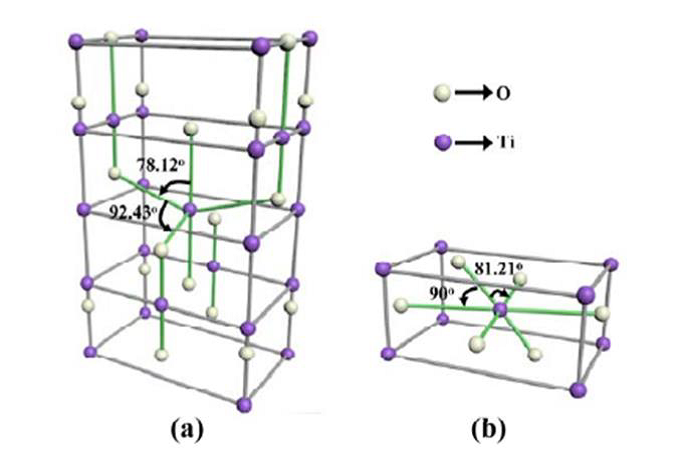
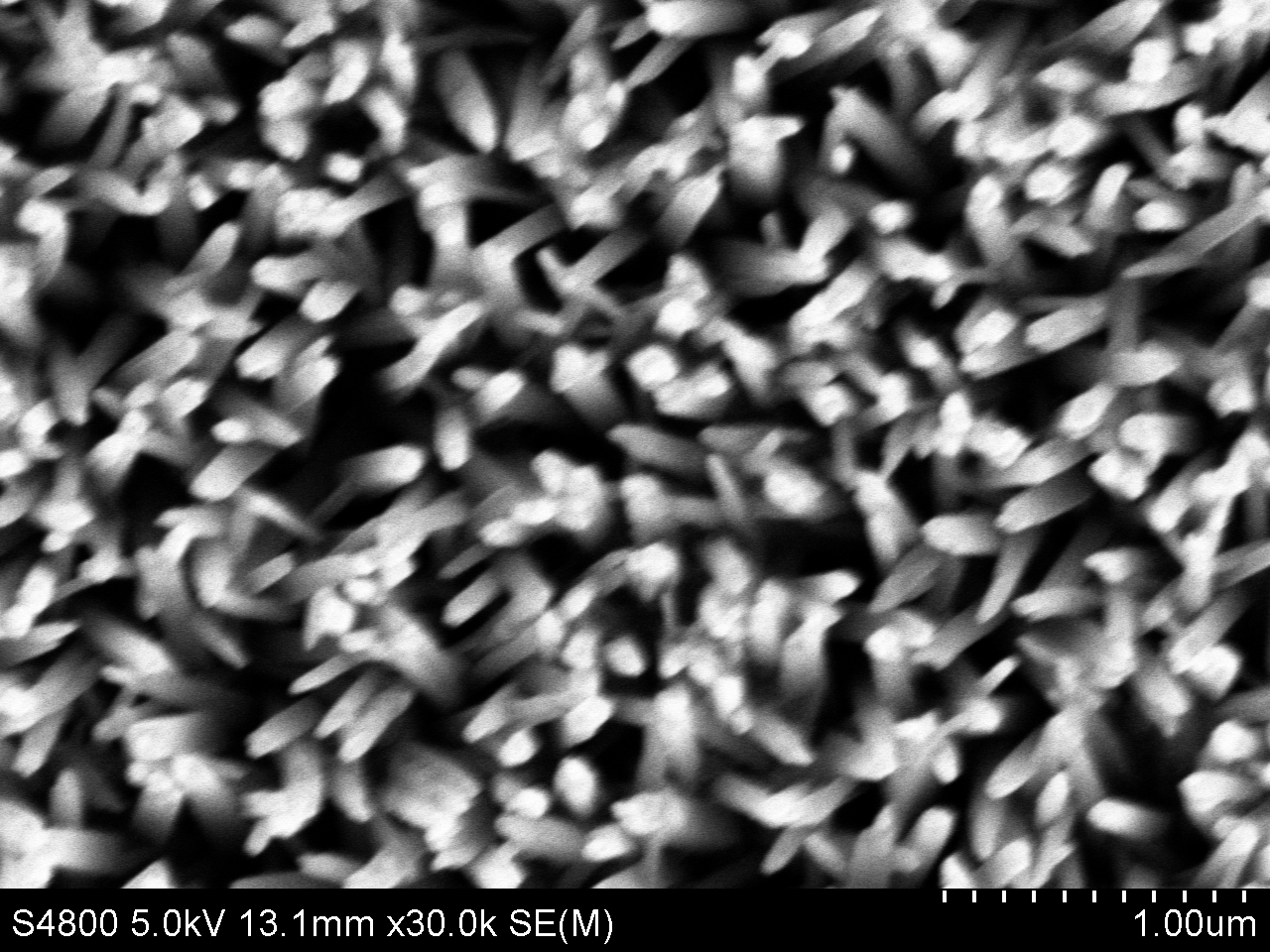
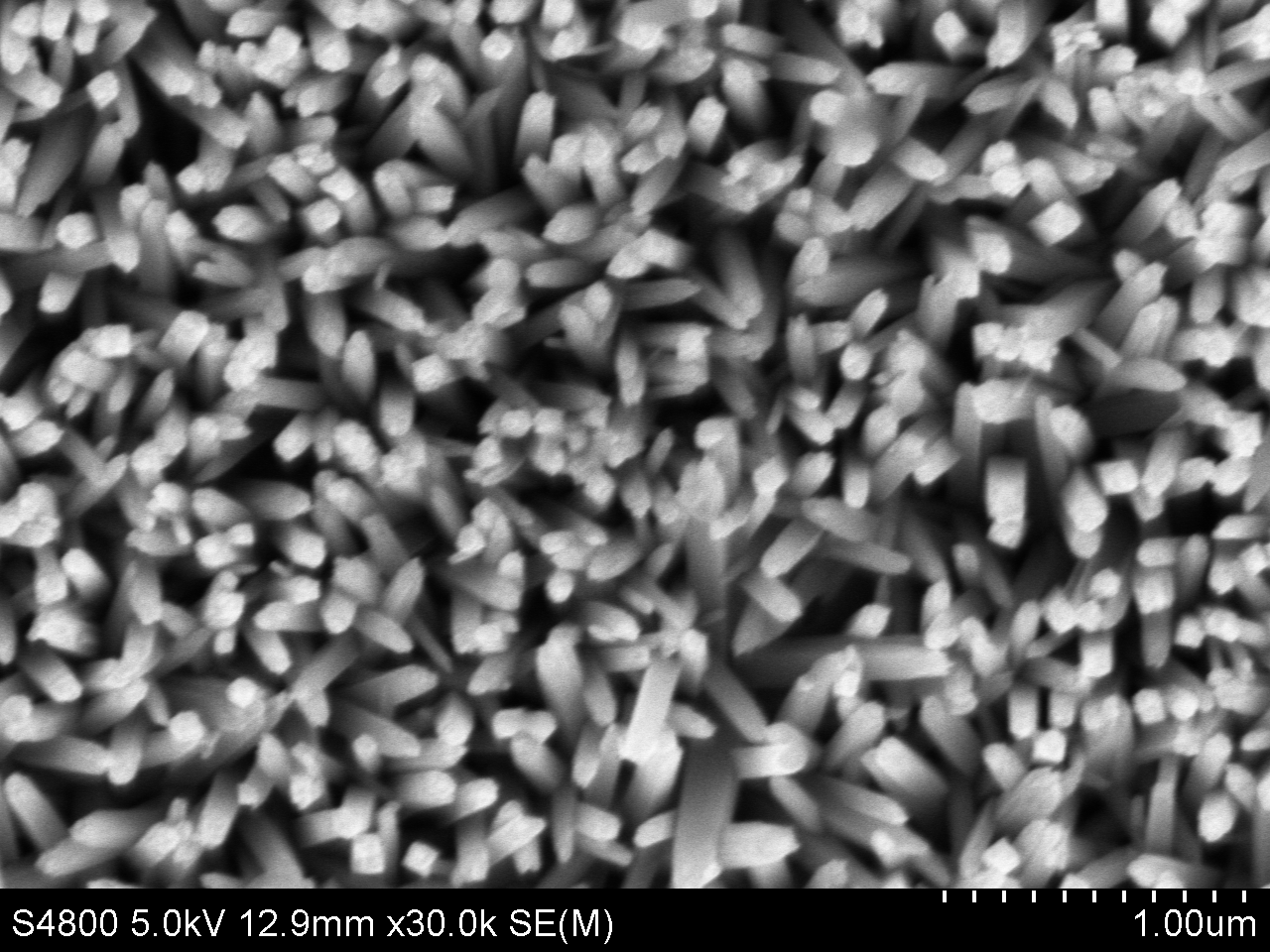
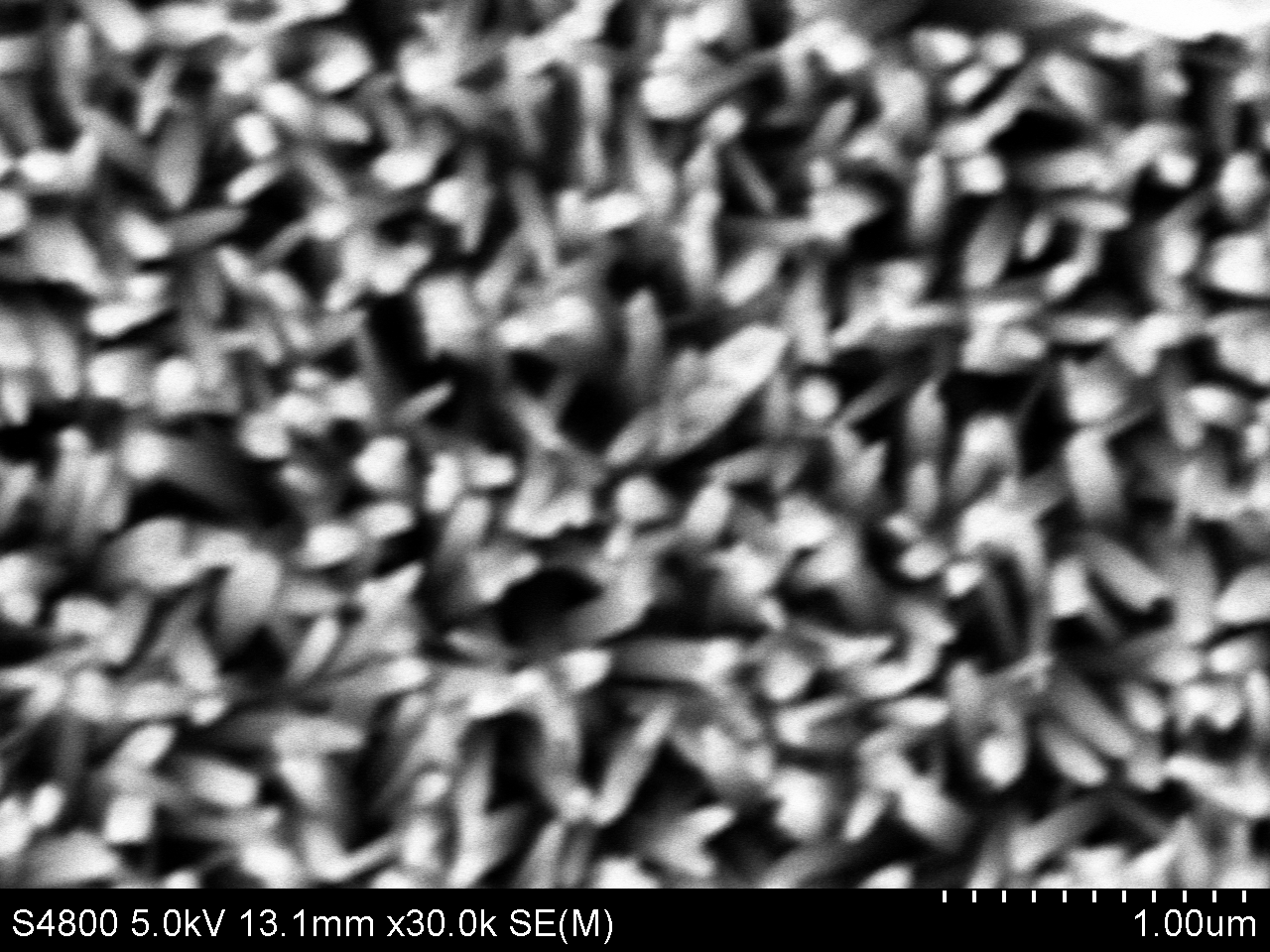
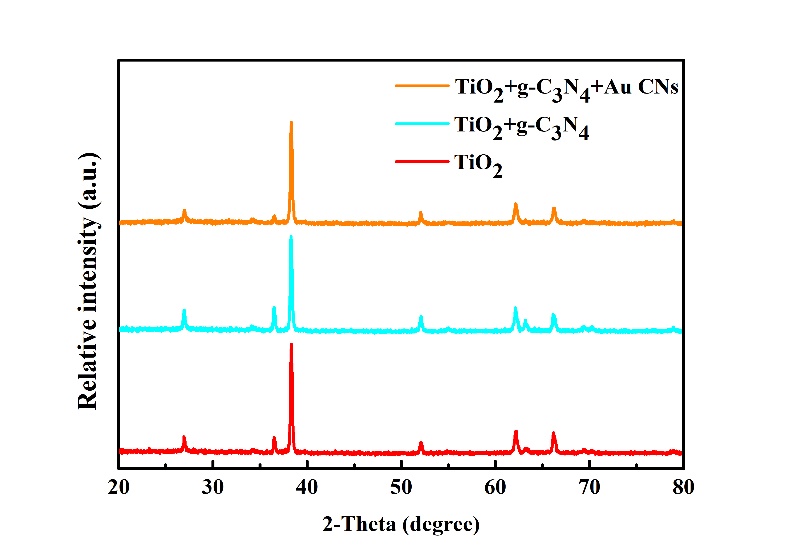
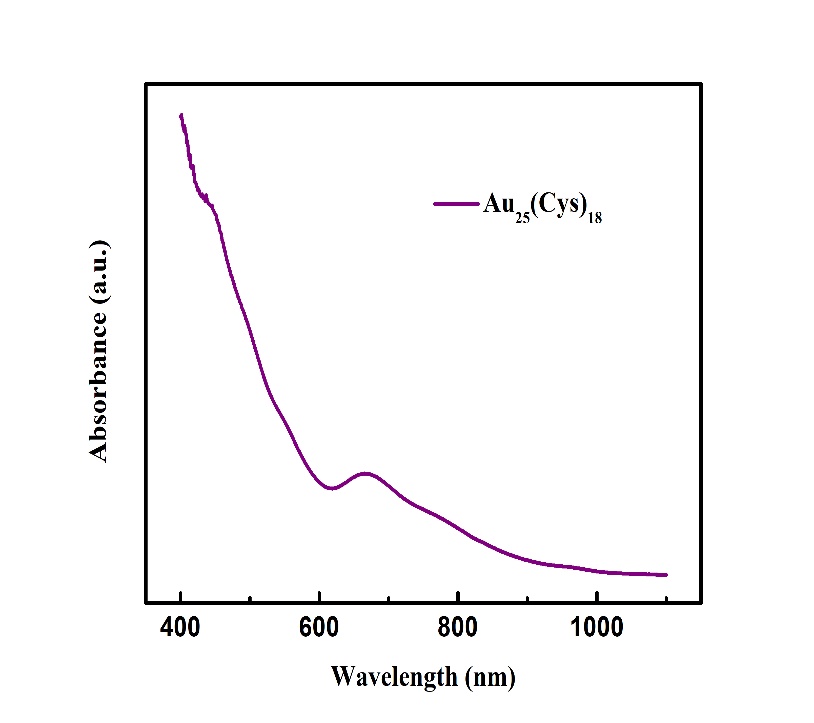
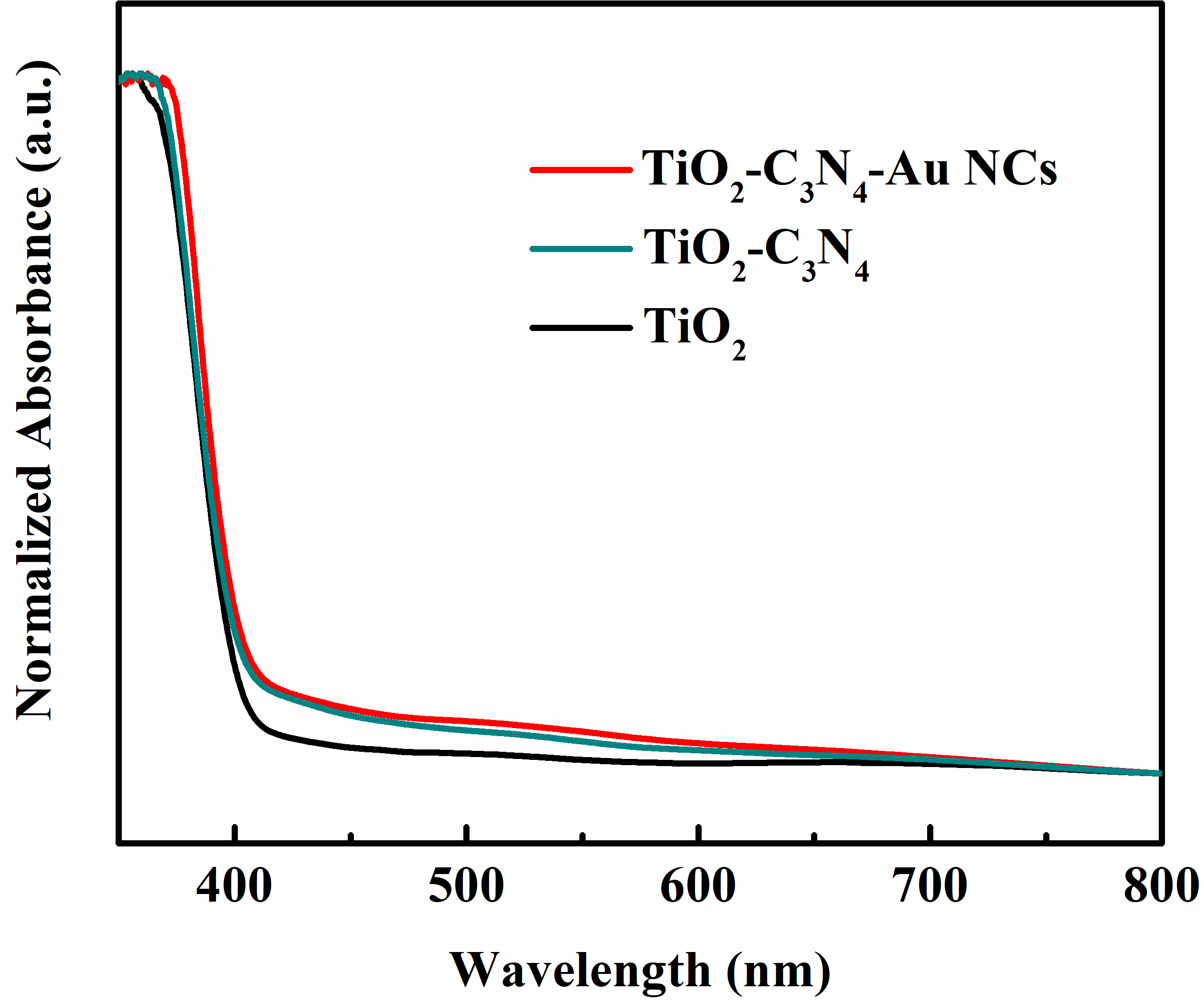
课题毕业论文、开题报告、任务书、外文翻译、程序设计、图纸设计等资料可联系客服协助查找。



